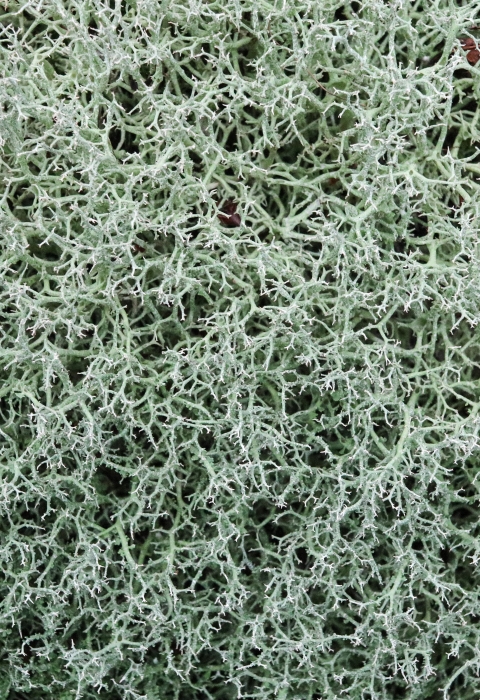Maybe you have seen lichen before, but you just assumed it was a type of moss. Maybe you thought it was a type of fungus, a plant or even something else entirely.
What is it?
If you thought lichen was a type of fungus, you would be partially right. You would also be partially right if you assumed it was entirely its own category. Lichens are two organisms living together as one, also known as a composite organism. For most lichen, the partnership is a fungus and one or more algae working together, however the secondary partner can also be a cyanobacteria. The secondary partner is called a photobiont, and its purpose is to provide sugars to the fungal partner.
Symbiosis
With the nature of the partnership taking place within the lichen, there is obviously an interaction occurring. The question becomes whether this interaction is helpful to both organisms or only one.
In a mutualistic relationship, both the organisms in a relationship would be benefiting from said relationship, whereas, in a parasitic relationship, only one of the organisms truly benefits, and the other organism is impacted negatively.
The theories in place right now both agree that the fungal partner is benefiting from the algal partner by receiving the sugars that the algae can produce via photosynthesis. The argument comes in when determining whether the algae receive anything in return. Some scientists believe that the algal partner is benefiting by gaining favorable living conditions and having improved access to minerals. The other side states that only the fungal partner is favored, and that the stealing up to half of the sugars that the algae partner produces is more detrimental to the algae partner than if it were to be growing alone.
Food Sources
The photobiont, remember the algae we spoke of earlier, is the source of food for the lichen. Normally, fungi would rely upon external food sources, generally dead or decaying matter, but when in combination with a partner capable of photosynthesis they do not need to. Individually, fungi would absorb nutrients from whichever surface they are growing on through a root-like structure called a hyphal network, but with the partner being capable of photosynthesis and producing its own food, the fungi does not need to utilize outside sources for their nutrients.
Lichen Growth Forms
Lichens are one of the first species to appear during the primary growth of an area, and often make the area more viable for other organisms to grow. This ability to “prime” an environment for other organisms to grow is called succession. Lichens grow in three stages, always in the same order, with crustose lichen appearing first. Crustose lichen has a ‘crust-like’ or ‘spray-painted’ appearance and is completely flat to the substrate it is found on.
Crustose lichen growth is then followed by the foliose growth form, which may grow directly on top of the crustose lichen. If you look close enough while out in the woods you may be able to spot this interesting relationship. Foliose lichen is characterized by a more leaf-like shape and may even look like a piece of lettuce. This form has more texture than crustose, but still not quite 3D; the edges of the shape tend to curl upward, adding to the overall lettuce-like appearance.
The final lichen form grows on top of the other two. This form is fruticose, which is the most visually complex growth form. This form is three dimensional and can either stand freely or will hang down from where it is rooted. It can look shrub-like or even appear as miniature trees. It can give trees the appearance of hair or give you a nice soft spot to sit on a rock after a long hike.
Why should we care?
So, lichens exist in many spaces, but why should we care? They’re just funky little growths found on trees and rocks, right?
Lichen is a food source for many herbivores, including elk, moose and other grazers. While we don’t have these large megafauna roaming the refuge, we do have a lot of birds that utilize lichen! Some birds may incorporate lichen at random, while a select few, namely hummingbirds and gnatcatchers, appear to use lichen every time they build their nests.
Lichens are also a good reflection of how well an environment is doing. If there is a lot of lichen in an area, that means that is a healthy, thriving, environment, with a higher level of air quality over time.
Even if there is not a lot of lichen in the area, they also help to clean up pollution. Because lichens take in carbon dioxide through their photosynthesis process, they are also taking in air pollutants. These pollutants are absorbed and remain trapped in the lichen.
Minnesota Valley National Wildlife Refuge offers numerous spots to discover lichen diversity. From the glacial erratic boulder at Louisville Swamp to various tree types, we encourage you to embark on a scavenger hunt during your next refuge visit to explore the remarkable variety of lichens we have to offer! If you’re lucky you may even spot all three stages.





